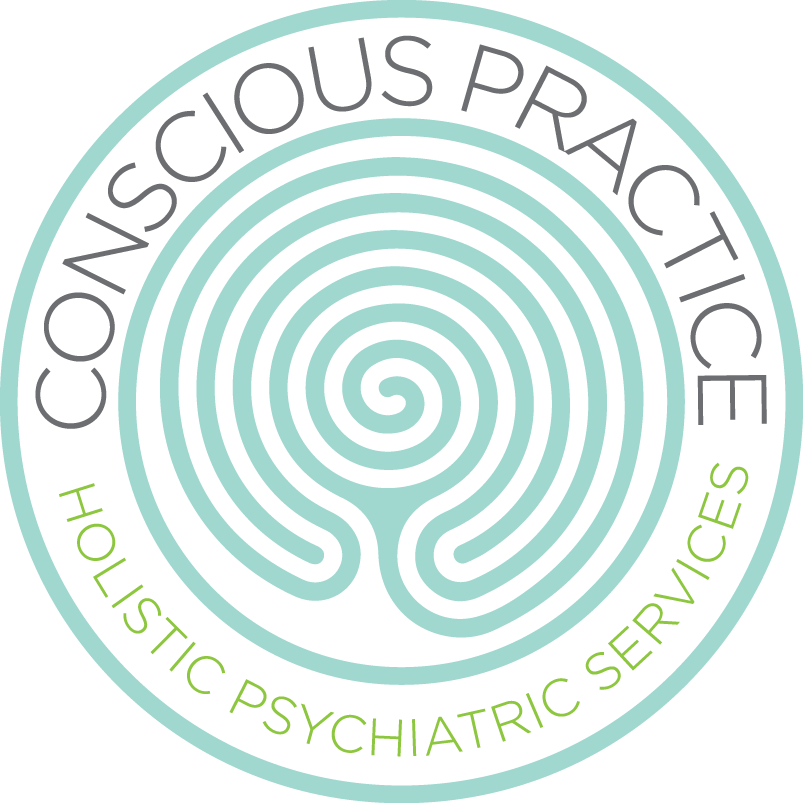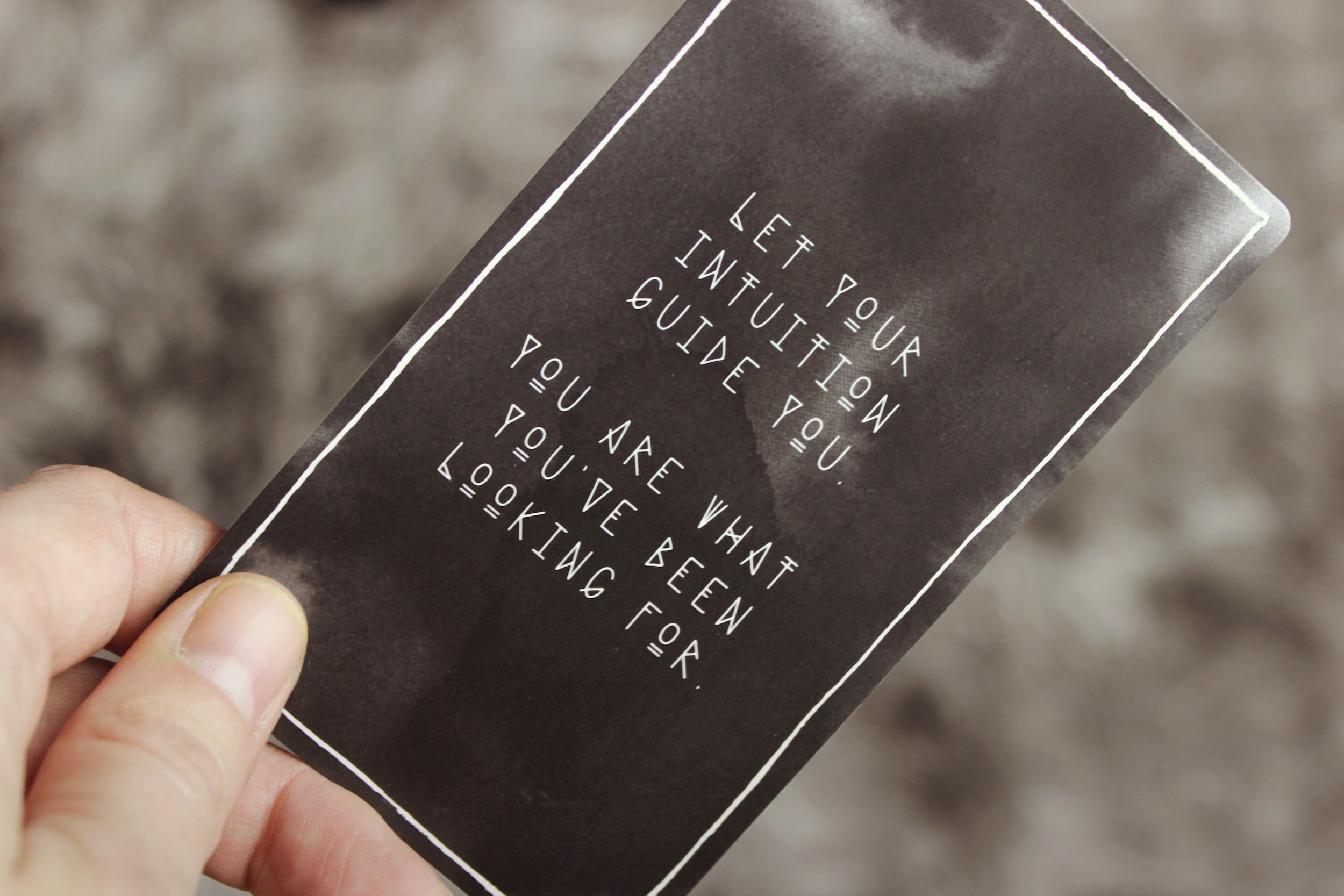Okay, Monica. With this resolution therapy you do: How "accelerated" are we really talking?
I'm asked this question a lot, and I get it! So I *finally* went back through all my charts and did the math.
How many sessions of Accelerated Resolution Therapy is typical?
For clients at Conscious Practice who decided to try Accelerated Resolution Therapy (ART), they average 2-3 ART sessions total.
For the stats nerds 🤓…
Mean: 2.3
Median: 2
Mode: 1
Range: 1-5
I honestly had not been keeping track and did not realize how low it really is.
In the past, I’ve estimated “a few.” Or when pressed I maybe said “no more than 10.”
But in actuality, in almost 3 years, no one has needed more than 5 ART sessions at Conscious Practice. This is consistent with the research I’ve seen, which typically suggests 1 to 6 sessions total.
Other data I've had in charts but had not aggregated: When comparing when they walked in the door to my office and when they're about to leave at the end of the session, every client at Conscious Practice so far has reported relief and a decrease or elimination of their distress.
To be clear, one trauma or issue is resolved in each session. So for clients who do 2, 3, 4, or 5 sessions, those people came in with a variety of traumas or issues they wanted to address. (And I’m planning to elaborate on this more in a future post, but yes, this includes complex trauma, years of childhood abuse trauma, lifetime of racial trauma, intimate partner violence trauma, medical system trauma, infidelity betrayal trauma, birth trauma…. It doesn’t matter what you bring to the session. Healing happens.)
How is ART different than talk therapy?
So you might be wondering, how is that possible? Trauma healing in one session? People are right to be skeptical. I certainly was.
Part of why this approach is so effective is the same part that can make it hard to explain. When we try to distill an experience in words, it is easy to get bogged down in the social aspects of the communication, and there is always something lost in translation when we verbalize.
To illustrate: Think about your first kiss. [Really. Think about it. Give yourself a moment. Check in with your body and notice what sensations you have right now.]
Now, tell me about your first kiss.
See the difference? When you are recalling a memory (like your first kiss), likely you had images from that scene along with whatever feelings you have about that moment—sensations you may have felt re-emerge in your body the instant you thought about the memory.
On the other hand, when I ask you to tell me about your first kiss, there are other layers added to the recall. You will recall and quickly try to translate what you experienced into a story in words. The words may convey the information, but they will not quite capture the sensations or emotions. And even then, you will likely on some level consider what your relationship is to the person asking the question, how much you want to reveal about yourself to this person, how much you’d like to keep to yourself, how you want to be perceived, the context, the audience, the stakes, etc. All perfectly natural impulses. Impulses that actually distract you from the sensations you felt in your body, however.
A similar difference is felt between ART and talk therapy. ART invites a client to recall their scene or issue. Talk therapy invites a client to tell the therapist about their scene or issue. The invitations are different.
Using ART thus bypasses the social and linguistic detours of verbal processing and allows clients to directly access their limbic system (the network in our brain most involved in our emotions and long-term memories) rather than trying to imperfectly translate their experience out loud to the therapist. The direct sensory recall is what allows the direct sensory processing.
At a fundamental level, our experience is simply the flow of inputs of ever-changing sensory information—think your 5 senses. Our memories are just old content of that sensory information, baked in with the emotions tied to those moments. Most people are very visual, so typically visual images are the most predominant information that we recall of a memory but also touch, smell, taste, and sound are sensed and stored.
When we go through a trauma or an experience that overwhelms our nervous system, that sensory information can get confused and stuck, leading us to have all sorts of painful symptoms if our brain and body are responding to a past threat that is no longer present.
Or, similarly, we might respond to an anticipated threat that doesn’t really exist in this moment. This is why I use ART to help people deal with past experiences as well as future experiences. With catastrophic thinking, intense worries, and intrusive thoughts, the nervous system is responding as if it already happened. So we can actually process it the same as a memory.
Whether looking forward or backward, we can process whatever information the mind is stuck on in order to help people come back to the present and live their lives more freely.
How does Accelerated Resolution Therapy actually work?
ART is a therapy modality that uses eye movements to let clients change the way distressing memories are stored in their brain. It allows clients to revisit memories in their mind’s eye rather than verbalizing it. ART helps clients change the EMOTIONS tied to a memory or thought. This shift facilitates deep often surprising transformation. But ART is not a magic trick.
Like most therapies, ART is simply a frame. It is a particularly predictable sequence that draws from various long-standing modalities like exposure therapy, EMDR, Gestalt therapy, internal family systems, and psychodynamic therapy. It includes exposure, mindfulness, desensitization, rescripting, and psychodynamic cleansing. This all happens internally. Each step is completely the client’s choice and creation. The client’s inner experience transforms as they shift from painful images to empowering images that are perfectly suited to their unique needs and experiences. The new perspective and emotional catharsis is stored where there was once distress.
Inside of the ART frame, my intuition and the relationship with the individual client guide my heart and my attention. I witness clients as they internally revisit their darkest most excruciating memories or thoughts, and I support them as they sit in the reality of the present moment, waking up to the impermanence of sensations. This intersection of exposure and mindfulness in the presence of an unconditionally welcoming therapist allows them to coregulate. We welcome truly whatever comes up. Their nervous system is able to be less reactive to the images from their scene, and they are able to rest in more and more calm neutrality.
As the session proceeds, their mind is then able to access their more creative thinking and problem solving naturally to give themselves whatever images or thoughts they need to feel better, to feel regulated and resolved. None of these feelings, states, or images are forced or even suggested—this is just whatever organically emerges when their nervous system goes through the process and the client is invited to find a new story that gives them peace. For some people, this is a spiritual or ancestral experience, whereas for others the alternative or solution is very simple and matter-of-fact. Sometimes it’s funny. Sometimes it’s breathtakingly beautiful. It truly doesn’t matter. Whatever repair their mind comes up with, the memory is then refiled with whatever new emotions each client finds in their own way.
ART is essentially a limbic exercise in presence, regulation, flexibility, and self resourcing to change the emotional content attached to a painful memory or thought. Its mechanism of action (or how it works) is just a synthesis of the mechanisms of action for each of its parts: through bilateral stimulation, exposure, breathwork, mindfulness, coregulation, and memory reconsolidation. ART simply weaves these principles together in a way that is therapeutic instantly in the present moment. And being that the emotional change is happening in long-term memory consolidation, the therapeutic changes last. Whatever tools, perspective, and insight the client discovers in the session is all carried with them into the rest of their lives.
Most crucially, ART must take place in the relational context of being with a caring, attuned therapist (at Conscious Practice, that’s me :)). For me, each ART session is like a loving-kindness meditation with the client at the center. I don’t have to know exactly what is going on in their minds to hold space for them at every step, moment by moment. I strongly suspect that the positive outcomes clients experience is due in part to being bathed in loving kindness as they work through the exposure, desensitization, rescripting, and reconsolidation—that is, being able to co-regulate their nervous system while they courageously attend to their inner world.
I know it can be hard to wrap your head around ART if you have not done it. I’ve facilitated many dozens of sessions now, and even I have a hard time putting into words how something so painful can become so powerful and sometimes even playful for clients in an hour or hour and a half. It is the difference between knowledge and experience, between information and insight, between mental formations and embodied wisdom.
Perhaps this raised more questions than answers for you. If so, I welcome your questions! It’s an interesting exercise trying to describe ART, and I’m happy to keep at the worthy task of demystifying this innovative intervention. The great thing is you don’t have to be a neuroscientist or to know precisely why ART works to reap the immense benefits of this unique therapeutic tool. If any of this resonates with you, you can request a free phone consultation with me to discuss: I’d love to hear from you!

